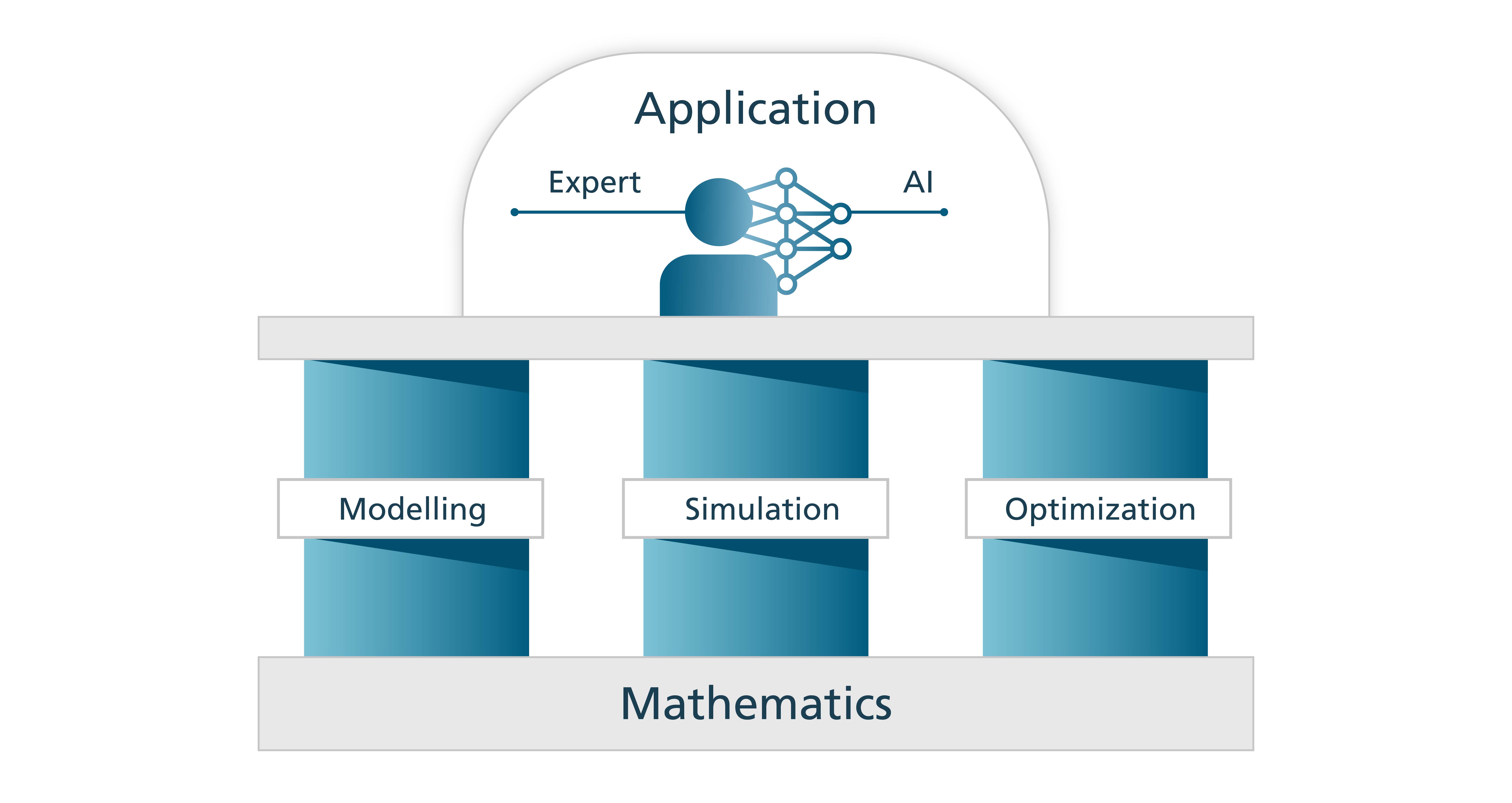Artificial Intelligence Meets Deep Mathematical Expertise
At Fraunhofer ITWM, we support the development of innovative AI products and services with our in-depth mathematical understanding and expertise in transferring ideas into marketable products.
In particular, we excel in the optimal application and integration of AI models. The intelligent and skillful coupling of AI with mathematical-physical simulation and modeling allows us to incorporate knowledge from experts in your own organization into the models, thus gaining a clear advantage over purely data-driven models. We know the limits and possibilities of different AI methods and combine them precisely – always with the goal of achieving the optimal result as quickly, accurately, and reliably as possible. Our methodological repertoire also includes neural networks and Deep Learning, which we use specifically in suitable applications – for example, in pattern recognition, image analysis, or the prediction of complex relationships.

